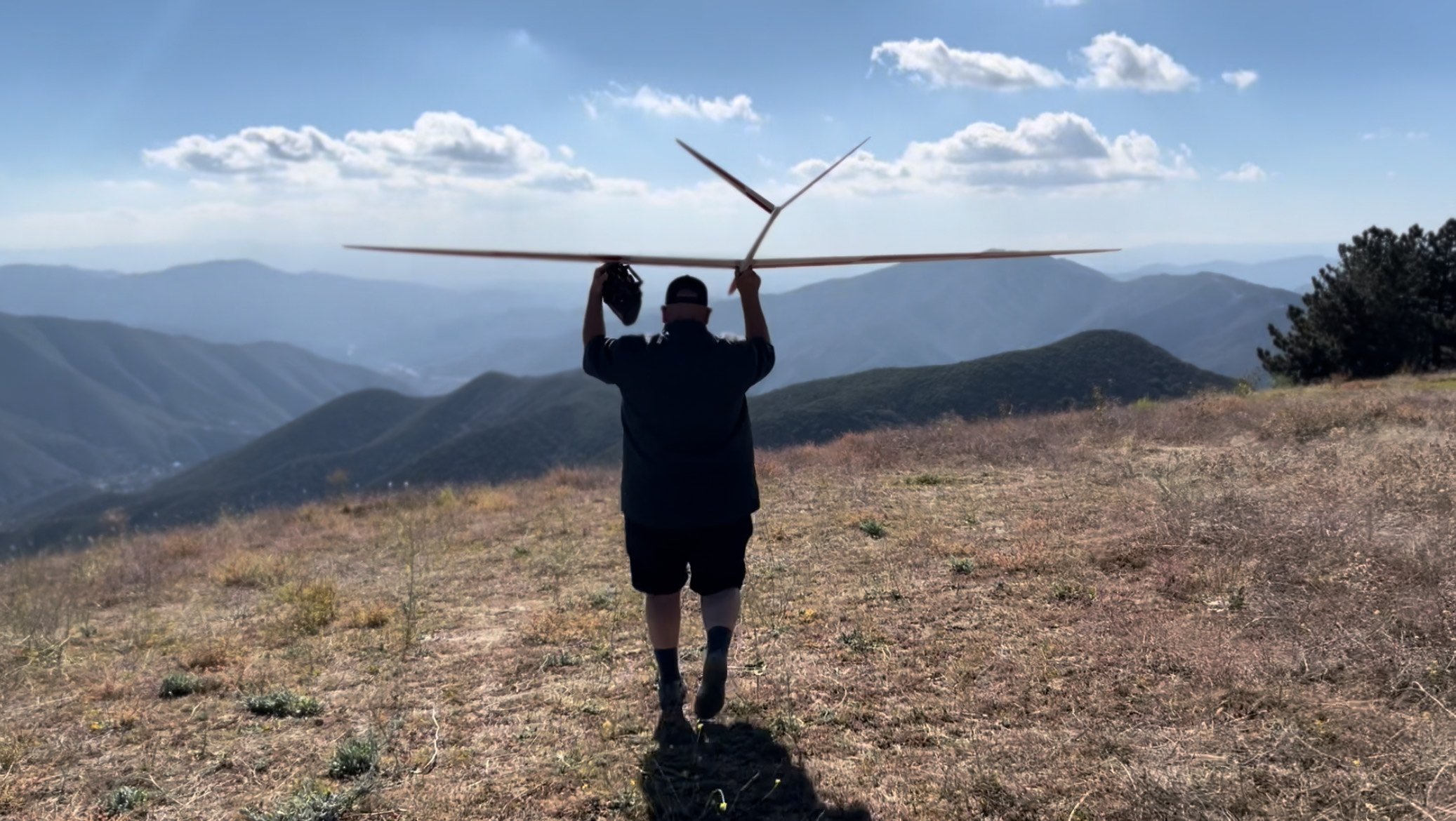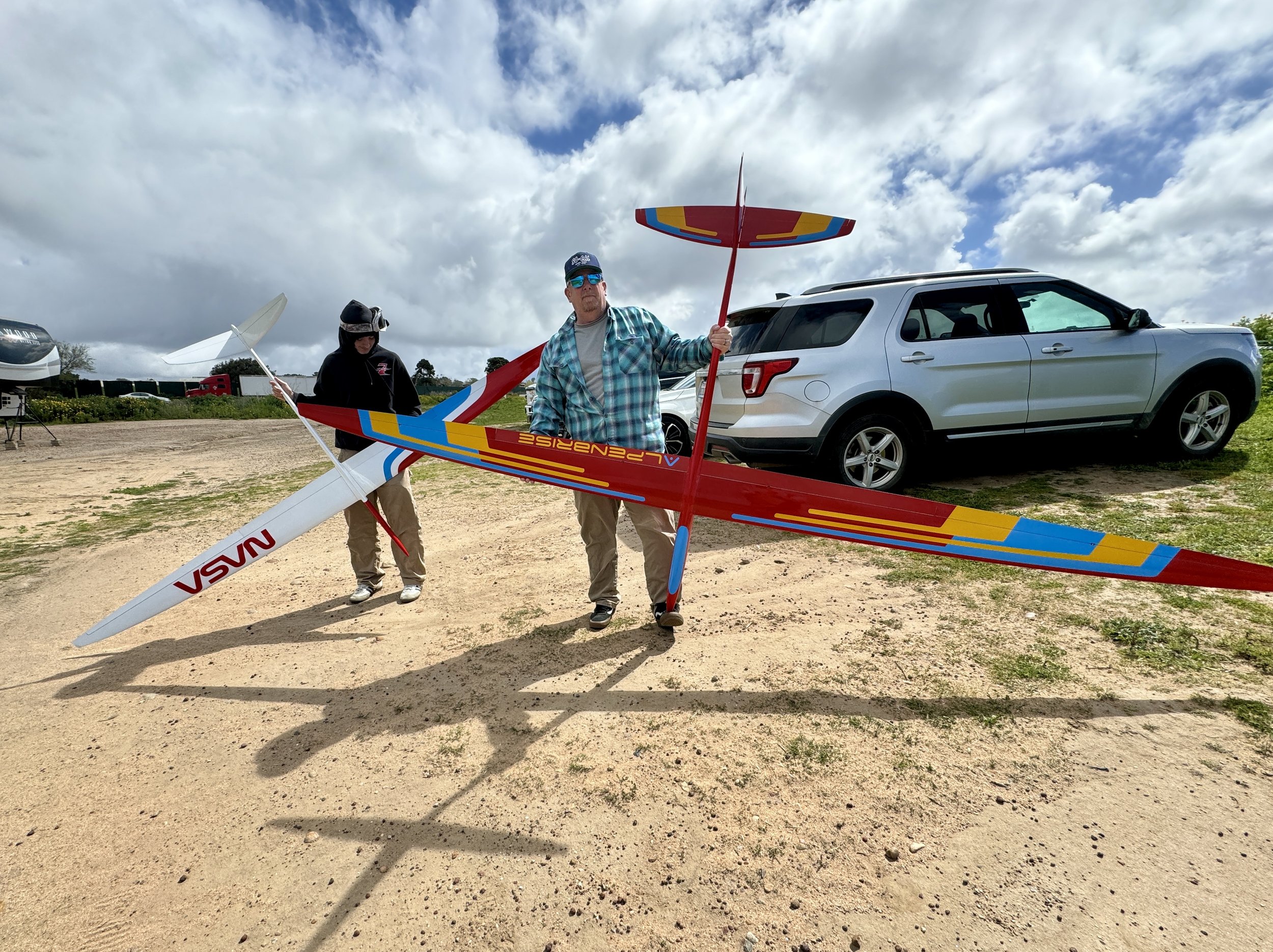
Testing
Testing – a very important part of the evolution of any and every model aircraft.
Integrating a design:
As you will have realized, Aeroic is very much a one-man show when it comes to the design of my sailplanes. Yes, I do take advice from the flying community and much if it is very valuable and that’s why I do encourage constructive criticism.
To design my models, I start with a design envelope. This will be essentially the size of the model and the work I want it to do to form a charter; sections of which are later filled in with ’modules’ such as aerofoil sections, moments, planforms etc. More on design and how I do it can be found elsewhere on this website under the articles section.
Essentially this original charter; before it even comes to a drawing, forms the basis of the tests that will be performed later on the finished model.
Professional testing facilities:
Having had good access to a whole slew of testing facilities, I have in the past not only used them but also technology developed from my ‘day job’ to develop my model airframes. I’m retired now, so my access to wind tunnels etc. is below the radar and so somewhat limited. However, many of my models and the technologies developed to make them have enjoyed the benefit of real-time testing – and still do – but I didn’t tell you that.
Computer simulation:
One thing I can tell you is that especially on smaller airframes below 6M span, the results for computer simulations can be variable at best, completely inaccurate at worst, and in many cases simply unreliable. This is especially true of simulated aerofoil performance – a subject much and vigorously discussed among glider flyers. If computer simulation actually worked 100% then why do I still need a very expensive noisy wind tunnel? Yes, I use computer simulation quite extensively when designing a model, but as a reference only.
The design envelope:
I have designed many model sailplanes. I can’t say that all of them have been great, but none of them have been bad. Therefore, I have been through the design evolution of developing new aerodynamics, technology, and construction methods over quite a long period of time. And because of this extensive experience, I fully realize the importance of testing.
What kind of testing?
I’m going to divide this into two basic types of test and those are physical model tests, and physical flight tests. You’ll notice I use the word “Physical” and this is very important as with the smaller models below 6M span, only physical tests are of any use for reliable information. All my models so far are below 6M span.
Model construction testing:
Even though we have vast experience of prototyping, the models still need to be tested to make sure that the strength to weight ratio is good for the type, all the fits are good, the finish is good, and the overall presentation and look of the model is nice.
But sometimes there are other types of tests to be done. For example, if changes are made to the strength or stress paths throughout the construction – such as a spar change or a major material or layup change, then these need to be tested to destruction, and that is exactly what we do - if only to record the differences before and after. Only in this way can we make good progress on construction technology with confidence. Obviously, I far prefer to have a failure in the factory compared to one of you guys having a field failure which is totally unacceptable in every way.
Flight testing:
Here I’m really lucky indeed as I have not one but TWO flight test teams.
Composite R/C Gliders team: My European Distributor flight test every model they sell thoroughly as part of their own internal quality assurance, but also as a due diligence to verify that the actual performance of the aircraft is up to my performance envelope values and their own high standards. Composite R/C Gliders has very high criteria and I can tell you with full confidence that anything that does not 100% comply to their specifications, I will hear about very soon indeed (!)
Aeroic test team: Red Jensen, sometimes assisted by son Ryan is Aeroic test pilot. Red runs the UAS flight testing at NASA Armstrong, is a builder and competitor of F1 Reno racing aircraft, the latest and most advanced of which “Impulse IF-1” is I the later stages of construction and possibly will fly before the end of the year.
Added to that Red is a very experienced, avid and talented model sailplane pilot who really understands what is actually going on when he is flying a high-performance model. These flight tests are fed back to me and provide really useful information that adds to overall confidence levels.
At Aeroic we really do take testing in all its forms very seriously.




